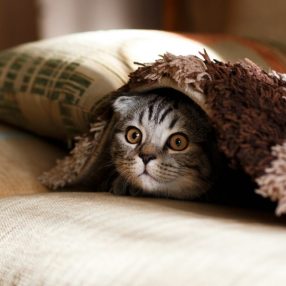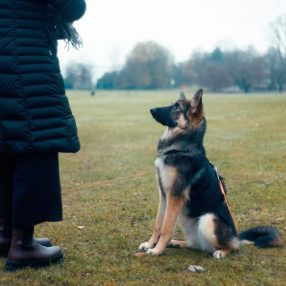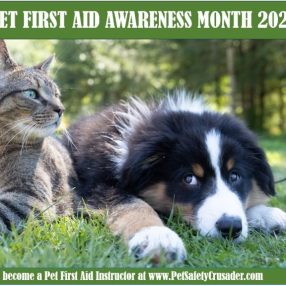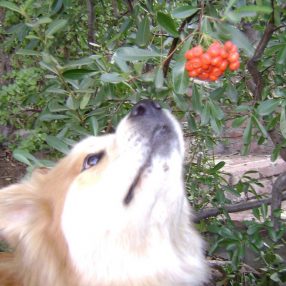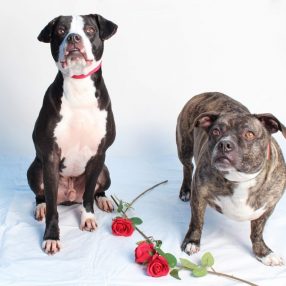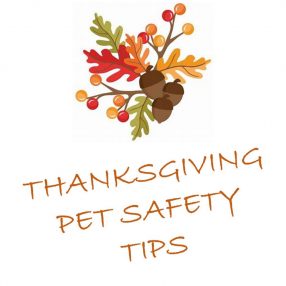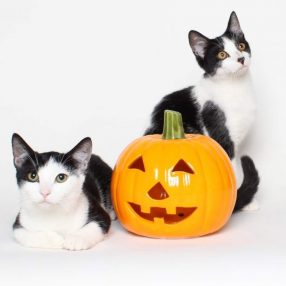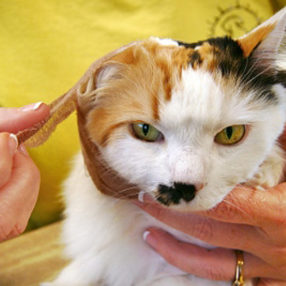Treat dogs & cats for fleas and ticks which can cause skin allergies as well as disease.
Observe your pet for bee stings and spider bites. If you notice swelling, redness or breathing difficulties, seek prompt medical attention.
Don’t feed human foods many are poisonous including some fruits and vegetables (i.e.: grapes, raisins, peach pits, apple and cherry seeds, onions, tomato leaves and stems).
Keep pets well-hydrated and provide shade when outdoors. Outside food bowls should be placed in a pan containing a few inches of water to keep ants out of the food.
Check www.aspca.org or www.hsus.org to find out what plants in your yard may be poisonous to your pets. Lilies can be fatal to cats and some of the most poisonous household plants include: sago palm, narcissus/tulip bulbs, azaleas, oleander, castor bean, cyclamen, english ivy, kalanchoe and chrysanthumums.
READ LABELS…There are Pet & Wildlife Friendly Products on the market. Pets are poisoned every year by fertilizers, insecticides and weed killers, so make sure what you use is pet-safe! Snail & slug bait pellets can cause seizures. Make sure your pet does not ingest or even get hazardous products on his paws or coat, as he will then ingest them when he grooms himself. Have phone numbers accessible for the ASPCAs Poison Control Hotline (888) 426-4435 and your nearest Animal Emergency Center.
Don’t assume your dog can swim! Many pets drown each year, so install a fence or pool alarm and teach your dog how to get out of your pool by gently guiding him to the steps or ramp. Review this lesson every year, and if you take your pet to the lake or on a boat, get him a life vest and watch precious paws for fish hooks, sharp rocks and other dangers.
Note: The articles on this page are copyrighted. Please do not reprint or use portions for any purpose without written permission from the author. Request permission for usage by sending an email explaining how you’d like to use the materials and what parts specifically. Thank you in advance!

